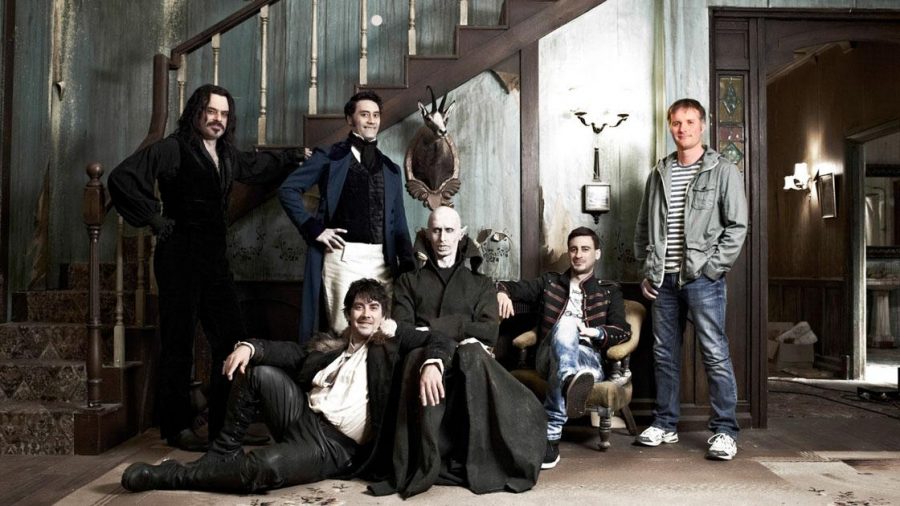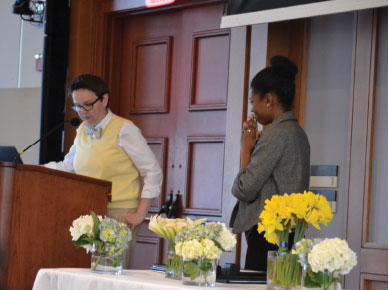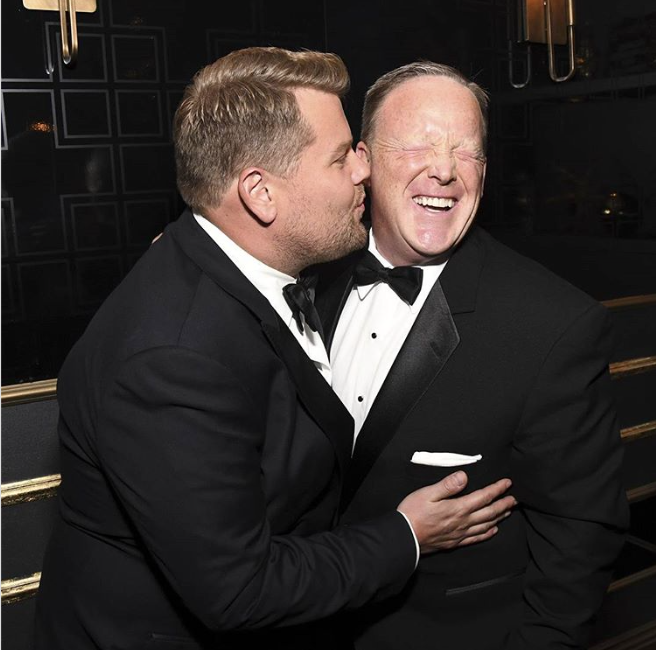By Julia Stevens
Contributing Writer
When I heard that a Steve Jobs biopic was being released in theatres, I instantly became interested. Why would I pass up the opportunity to see how one man, as well as his team of tech-savvy compadres, single-handedly designed the modern world from his family’s garage three decades ago?
This movie delivered the inspiration and admiration through its excellent acting and compelling story but this does not mean that I don’t have a few bones to pick with it.
First of all, I would like to stress that Ashton Kutcher was a pretty good choice to play Jobs himself. The film begins in 2001 with a middle-aged Jobs debuting the company’s latest project, the iPod. As he heads downstairs, we pass posters containing photographs of Einstein and Ghandi, which were used for Apple’s “Think Different” campaign. They also serve as a look at some of the world’s great minds that Jobs was up against.
Once I got over the laughter at the appearance of the original iPod, which in retrospect looked like a computerized brick, Kutcher’s portrayal of Jobs in his middle age was spot-on. He managed to capture his mannerisms and ability to get peoples’ attention. In fact, I originally thought that it was a different actor playing him during this scene because of how un-Kutcher-like he seemed.
This goes to show you how flexible Kutcher’s roles can be. As a man who remains a TV and movie-hottie even at age 35, he has the ability to pull off anywhere between the ages of 18 and 40, which is exactly what he did during this movie. I will admit that he conjured up memories of the doofy but lovable Kelso from “That ’70’s Show,” especially in the part of the film that showed Jobs’ younger years.
Before I saw this movie, I was a little afraid that, instead of watching Ashton Kutcher playing Steve Jobs, I was going to watch Ashton Kutcher playing Ashton Kutcher playing Steve Jobs. However, I didn’t really have that problem. Of course, a little voice in the back of my head still had me thinking that, at any point in the movie, he was going to yell “Burn!!!” at the camera.
As for the sets, I was quite impressed with the scenes taking place in the 1970s. Granted, I was never alive during that time, but it did give you the feeling that you were actually there. The decade is one of those decades that was associated with a particular color scheme, in this case, it was beiges, browns and yellows. Everything from kitchen countertops to clothing to cars were decked out in these colors as if reality wanted to plunge its way back into Sepia tone.
Getting the scenery right, as this movie did, can be an all-or-nothing gamble when it comes to realism in the movies. Also, from the photographs that were shown at the end of the film, the costumes and hair designs of Jobs’ early employees were spot on. Then again, these were also shown juxtaposed with screenshots of the same characters in the movie as if the creators were saying, “See?! We got at least some things right!”
Of course, just because a story is compelling and inspirational doesn’t always mean that it’s told very well. In a movie that spans 27 years, there are parts that simply weren’t given the attention that they deserved.
One that particularly irked me is the mystery surrounding Steve Jobs’ paternity to little Lisa Jobs-Brenner. The movie highlights Jobs angrily kicking his girlfriend out of his parents’ house once she announces her pregnancy. Fast forward to several years later, when Jobs has a successful corporation under his belt and tries to deny his paternity to a visiting lawyer.
At the same time, he is designing a new desktop computer for the market. What is this computer’s name? The Lisa. If this man wants absolutely nothing to do with this little girl, then why would he name his real pride and joy after his rejected one?
Later in the movie, when Jobs becomes a family man, it shows a college-aged Lisa living with him and his then-wife. The question is, why? How and when did this man gain custody over the daughter who, for all intents and purposes, should never have forgiven him for what he did to her mother? The points having to do with Lisa are never addressed. My guess is that she wasn’t one to hold grudges for very long.
And it doesn’t end there. In the Malcom Gladwell essay “Creation Myth,” he mentions that, despite what the movie shows, Jobs had become inspired by more than just an acid trip in a field. One day in 1979, Jobs had taken a trip to the Xerox Corporation (yes, at one time, they were known for more than just copy machines). Engineer Larry Tesler showed him a device that would move a digital cursor on a computer screen, which would open up “windows” and make tasks more efficient.
Saying that Jobs was amazed by this feat would be an understatement. As Tesler recalls, “…when he began seeing the things I could do onscreen, he watched for about a minute and started jumping around the room, shouting, ‘Why aren’t you doing anything with this? This is the greatest thing. This is revolutionary!”
I had read this essay several weeks before seeing this movie and expected to see a scene like this. Unfortunately, this detail was left out with not even a brief mention of the Xerox Corporation. There was a scene where the barefoot hippie Jobs was pressuring a flustered Atari employee that his game needed to be in color but that’s about it.
I would be more than willing to forgive the movie if these important points were left out for the sake of time constraints. However, one would expect a movie called “Jobs” to be just as much about the man as it is about the machine. Not much is shown before his college years and the fact that he was adopted was only mentioned in passing. Hell, even the rise of his rival only garnered a little attention.
When he found out about the “blatant ripoff” that was Microsoft 1.0, we were only treated to Jobs leaving a threatening message on Bill Gates’ answering machine. The unveiling of the iPod at the beginning was there to put things into perspective since everybody today knows about the iPod.
Well, everybody today also knows about the rivalry between Mac and PC, so some attention should have been focused on that. However, where this movie fails at showing the main character’s entire past it succeeds at showing him as a flawed human being who was capable of bad business decisions.
Omissions aside, I was well aware that, this being a movie about someone’s life, I had to take some of its plot points with a grain of salt. Knowing about the criticisms of the movie “The Social Network,” I had the feeling that some parts were either overly dramatized or fabricated entirely.
In fact, I made it a mission by the time I got home that I was going to go on the internet and see what were facts and what were myths. One of the inaccuracies in the film involved Wozniak, the good friend and fellow designer of the Apples I and II, bidding farewell to Jobs as he was about to leave the company.
According to a review printed on the CNN website, “In reality, Jobs found out about Wozniak’s departure when news leaked out in The Wall Street Journal.” Also, it turns out Wozniak himself had a few choice words to say about the movie.
The Woz-Man posted the following on the Gizmodo message boards: “I’m grateful to Steve for his excellence in the i-era, and his contribution to my own life of enjoying great products, but this movie portrays him as having had those skills in earlier times.” (Wozniak 1)
Apparently, Jobs’ ambition and character had been altered as well according to one of the most reliable sources. He also suggests that focusing more on Jobs’ CEO years post-1996 probably would have made for a more interesting movie.
So what is there to say about “Jobs”? Well, it does a fine job of telling the classic story of one man’s adventures in innovating his way to the top, only to tumble to the bottom through his arrogance and then make a brave comeback. It is made enjoyable by its acting and atmosphere but its pacing and plot holes make it evident that this man’s roller coaster of a life is too detailed and exciting to fit into a two-hour movie.
In fact, it would be akin to squishing the entire first season of “Avatar: the Last Airbender” into a two-hour movie (which, unfortunately, has already been done).
I will give it one thing, though: the questions that it refused to answer make me want to pick up Steve Jobs’ biography so I can fill in those missing gaps. The book is often better than the movie and, apparently, that isn’t only true with fiction.























